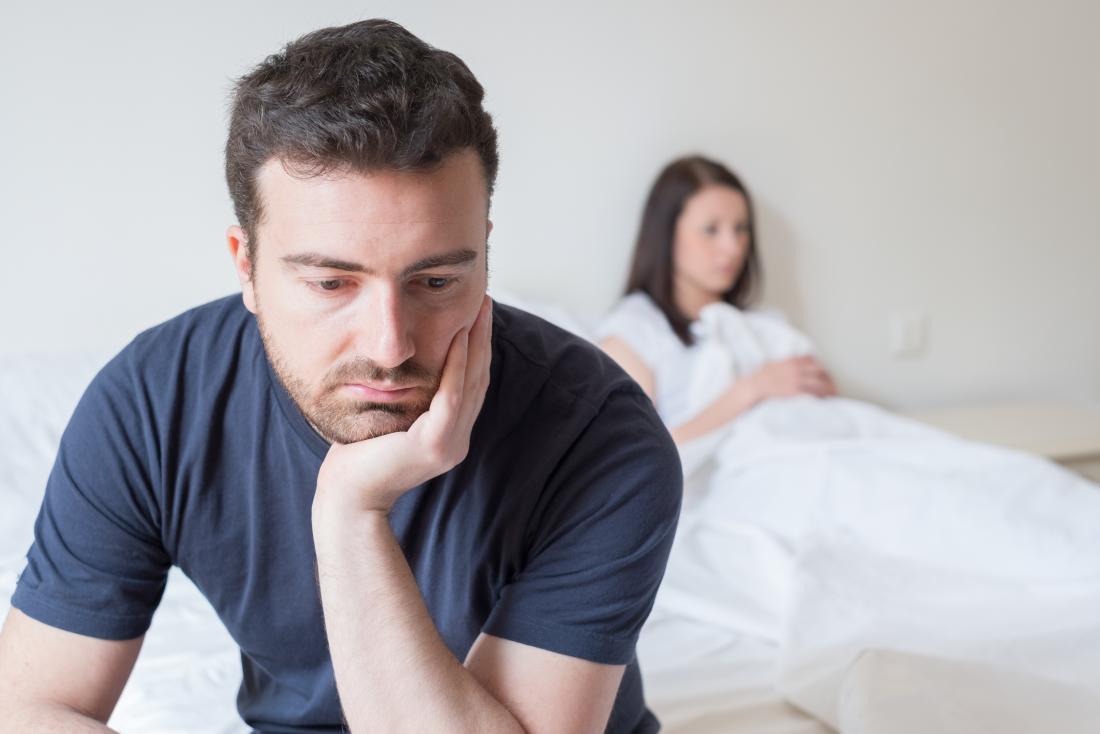May 23, 2022
Sexual Arousal/Interest Disorder: What Does It Entail?
Women are not easy to arouse sexually. There are numerous factors at play. A temporary decrease in sexual interest is common among both males and females. However, if sexual arousal in women constantly decreases and no stimulation works for a long time, it may be a sexual arousal disorder.
Sexual arousal/interest disorder occurs when sexual stimulation decreases or goes absent for a long. Based on a womens’ age and length of sexual relationship, the lack of interest in sexual experience and the inability for female sexual arousal gets diagnosed as a disorder.
Sexual arousal in women excites them mentally and emotionally. There are physical changes, like vaginal secretions for lubrication (wetness), increased blood flow to genitals, swollen tissues in the clitoris and vaginal opening, breasts becoming stimulated, and tingling in these areas. These sensations disappear or reduce significantly in a sexual arousal or interest disorder.
Low sexual arousal in women is:
Subjective- There may be no arousal by kissing, watching erotic videos, dancing, physical genital stimulation, etc. However, the physical changes may apply like tingling sensations, vaginal secretions, etc.
Genital- Watching an erotic video may cause tingling sensations, but physical stimulation does not cause any arousal. Instead, the disorder reduces secretions and swelling of the vaginal opening and clitoris.
Combination- Some women may neither face physical changes nor genital arousal through stimulation. I may be minimal or absent, and the need for external lubricants may arise.
Reasons for Reduced Sexual Women Arousal or Disorder:
Common reasons for reduced sexual arousal in women are:
Psychological factors, including anxiety, depression, stress, distractions, relationship problems, low self-esteem, lack of communication between partners, etc., can reduce sexual interest.
Lack of communication and understanding and low sexual skills of any partner can lead to unrewarding sexual experiences. It can reduce the sex drive and women's arousal.
Physical factors like a chronic disease, menopause, vulva skin changes, drugs, fatigue, sex hormone level imbalance, etc., can cause sexual interest disorder. Chronic disorders reduce blood flow to the genitals due to nerve damage.
Similarly, when women are on specific medication, including opioids, antidepressants, beta-blockers, anti-seizure drugs, etc., their side effects can lead to low female arousal. Hormone levels also change with age. A sudden increase or decrease can affect sexual interest.
Diagnosis:
Consider the best sexologist in India to diagnose and treat this issue adequately. Doctors consider the following points to determine whether you have a sexual interest disorder or not:
1. Your interest in sexual activities
2. Interest in initiating or responding to a partner’s initiation
3. Pleasure and excitement levels throughout the experience
4. Erotic thoughts and fantasies
5. Physical sensations
6. Interest or response to a written, visual, or spoken sexual stimuli
The lack of symptoms must be present for more than six months and lead to significant distress. A pelvic exam determines pain during sexual intercourse.
The treatment for sexual interest disorders includes general measures, psychologic therapies, cause treatment, and hormone therapy.






Leave a Reply